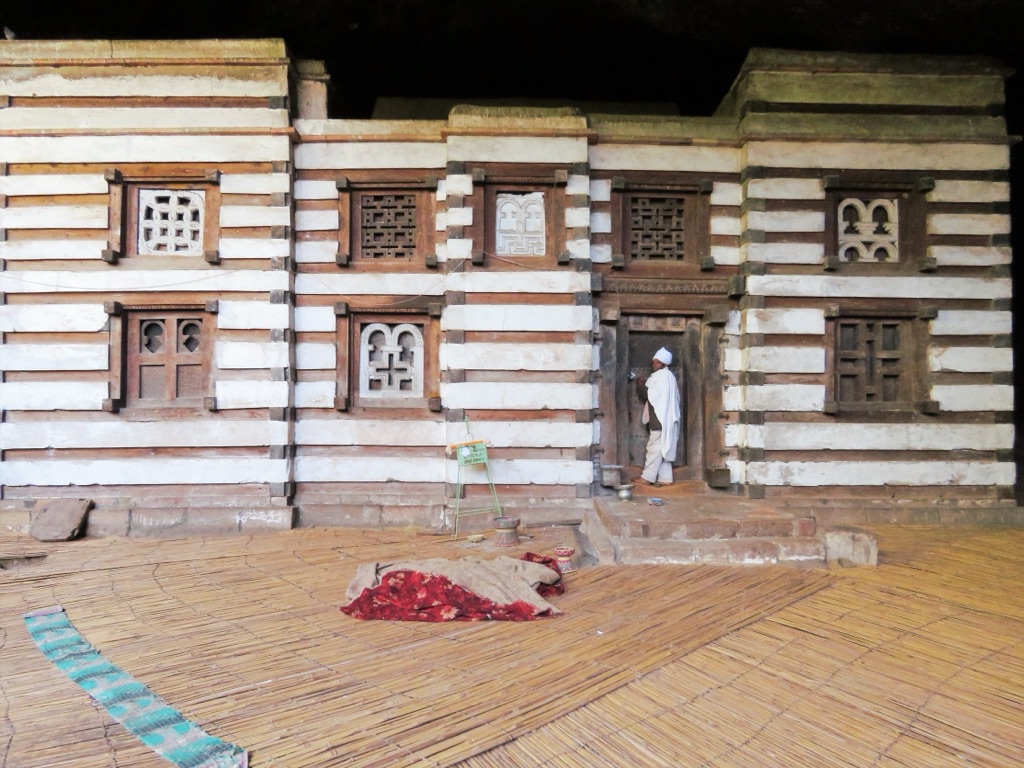Yemrehanna Kristos is a remarkable church located in the northern part of Ethiopia, near the town of Lalibela. It predates the famous rock-hewn churches of Lalibela, having been built in the Aksumite fashion with layers of wood and granite. This architectural marvel is nestled within a cave and is known for its interior adorned with intricate woodwork and frescoes. The church is named after the Zagwe dynasty King Yemrehanna Kristos, who is believed to have commissioned it in the early 12th century. It remains an important pilgrimage site and a testament to Ethiopia’s rich historical and religious heritage.
Get your dose of History via Email
Historical Background of Yemrehanna Kristos
Yemrehanna Kristos is an exquisite example of Ethiopia’s medieval period. It was built during the reign of King Yemrehanna Kristos, who ruled from 1087 to 1127 AD. The church’s construction style reflects the Axumite architecture, which predates the rock-hewn churches of Lalibela. It was discovered by Portuguese explorers in the 16th century, although local communities have known about it for centuries. The church is a significant example of the Christian legacy in Ethiopia and remains a place of worship to this day.
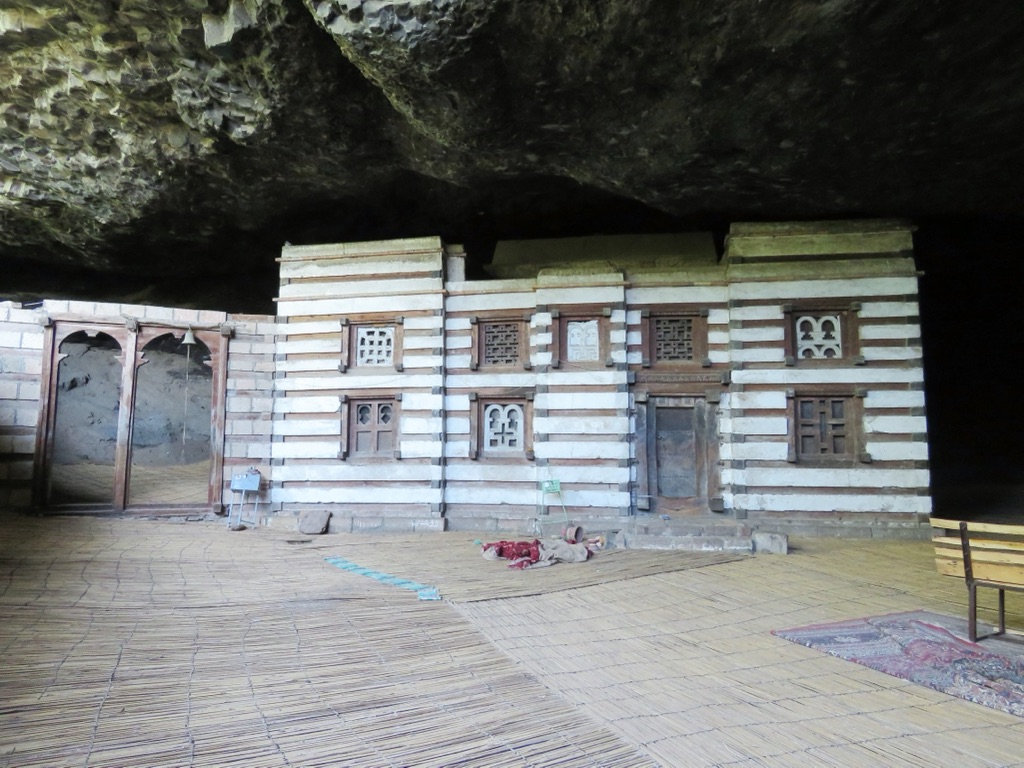
The church was constructed under the guidance of King Yemrehanna Kristos himself. It is said that he sought to create a place of worship that would symbolize the glory of God and his kingdom. The church’s design and construction techniques were heavily influenced by the Aksumite traditions, which involved the use of wood and stone. Unlike the later rock-hewn churches, Yemrehanna Kristos was built within a pre-existing cave, which adds to its unique character and historical significance.
Over the centuries, Yemrehanna Kristos has been a site of continuous religious activity. It has attracted pilgrims and served as a burial site for pilgrims and members of the royal family. The church’s secluded location within a cave has helped preserve its remarkable features, including the wooden and stone architecture, as well as the interior decorations. The site has not been the scene of any known historical conflicts, which has also contributed to its preservation.
Yemrehanna Kristos has not only been a spiritual center but also a place of scholarly interest. Archaeologists and historians have studied the site to gain insights into Ethiopia’s past. The church’s construction techniques and materials provide valuable information about the period’s technology and artistry. The site’s preservation allows for ongoing research and education about the Zagwe dynasty and the broader historical context of Ethiopia.
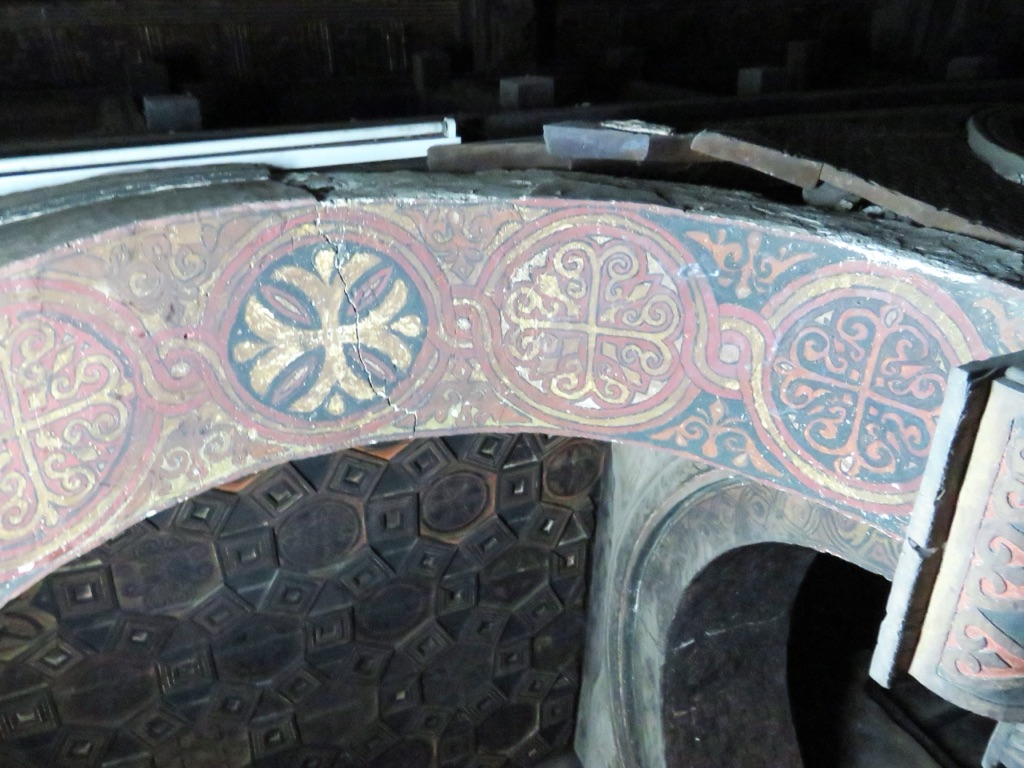
Despite its historical importance, Yemrehanna Kristos is not as well-known as the rock-hewn churches of Lalibela. However, it offers a unique glimpse into the religious and architectural history of Ethiopia. The church continues to be an active religious site, and efforts are being made to ensure its conservation for future generations to appreciate and study.
About Yemrehanna Kristos
Yemrehanna Kristos stands as a masterpiece of early Ethiopian Christian architecture. The church is built from alternating layers of timber beams and flat stones, a technique known as “horizontal construction.” This method was prevalent before the advent of rock-hewn churches. The church’s exterior is a simple yet imposing rectangular structure, but it is the interior that truly captivates visitors with its beauty and complexity.
The interior of Yemrehanna Kristos is a testament to the craftsmanship of the period. The walls are adorned with intricate wood panels, featuring geometric patterns and latticework. The ceiling is decorated with star-shaped patterns, and the windows are framed with finely carved wood. The church also contains several well-preserved frescoes that depict religious scenes and figures, adding to the spiritual ambiance of the space.
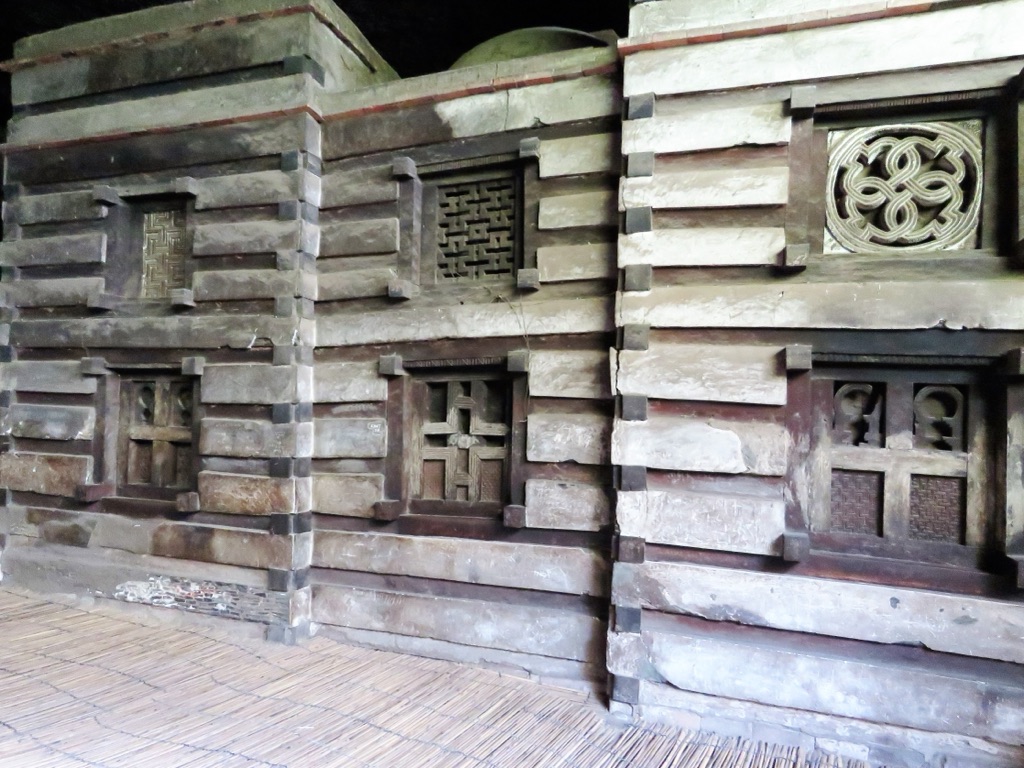
The building materials used in the construction of Yemrehanna Kristos were sourced locally. The wood came from nearby forests, while the stones were likely quarried from the surrounding area. The use of local materials not only made the construction process more feasible but also ensured that the church blended harmoniously with its natural cave setting.
Architecturally, Yemrehanna Kristos is significant for its preservation of Aksumite building traditions. The church’s design reflects a continuity of ancient construction techniques, which were later overshadowed by the rock-hewn churches. The combination of wood and stone in the church’s structure is particularly noteworthy, as it demonstrates a sophisticated understanding of materials and engineering for the time.
Yemrehanna Kristos is also renowned for its environmental integration. The church was built within a large cave on a mountain, which has protected it from the elements and human interference. This natural fortress has allowed the church to remain relatively intact, preserving its historical and cultural value for centuries.

Theories and Interpretations
Several theories and interpretations surround Yemrehanna Kristos, reflecting its historical and religious significance. One theory suggests that the church was built as a symbolic representation of the New Jerusalem, a concept deeply rooted in Christian eschatology. The church’s intricate design and heavenly motifs support this interpretation, as they seem to echo descriptions of the holy city in religious texts.
Another interpretation relates to the church’s location within a cave. Some scholars believe that this choice was deliberate, intended to create a sense of spiritual retreat and closeness to God. The cave setting provides a secluded and serene environment, ideal for contemplation and worship. This aligns with the monastic traditions of Ethiopian Christianity, where isolation is often sought for spiritual growth.
The mysteries of Yemrehanna Kristos also extend to the numerous mummified bodies found behind the church. These remains are thought to be those of pilgrims who traveled great distances to reach the holy site and chose to be buried near the church. The exact number and identities of these individuals remain a subject of ongoing research and speculation.
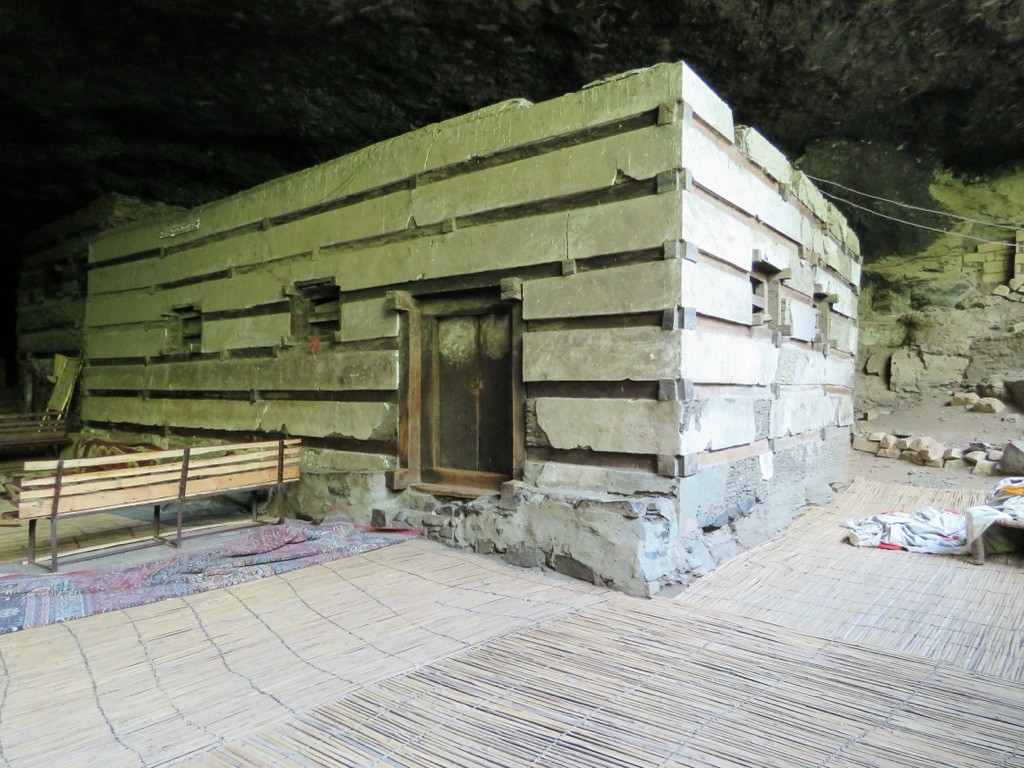
Historical records and dating methods have been employed to understand more about Yemrehanna Kristos. Radiocarbon dating, for example, has helped confirm the church’s age, placing its construction in the early 12th century. This aligns with the reign of King Yemrehanna Kristos and provides a clearer picture of the church’s origins within the timeline of Ethiopian history.
Despite the research, many aspects of Yemrehanna Kristos remain open to interpretation. The church’s unique features, such as the combination of architectural styles and the use of both cave and built environments, continue to intrigue scholars. As research continues, it is likely that new theories and interpretations will emerge, shedding further light on this enigmatic site.
At a glance
- Country: Ethiopia
- Civilization: Zagwe dynasty
- Age: Early 12th century AD

